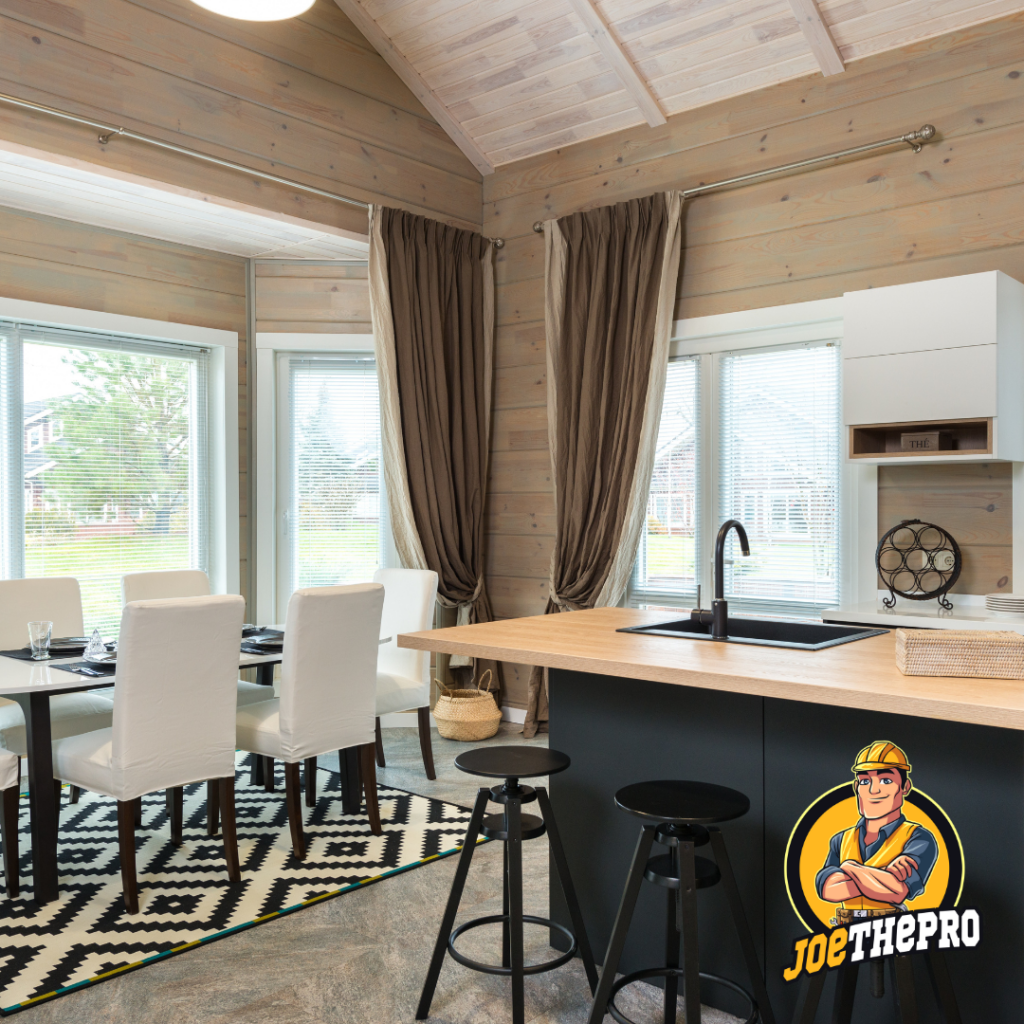
If you are replacing your home windows, the next big question should be, ‘Are you going energy efficient?’ Switching to energy-efficient windows is a great way to reduce your energy bills and keep your home comfortable all year round. But with so many options, it cannot be easy to know which type of window will provide the best results. Fortunately, understanding some key factors determining a window’s energy efficiency can help make the decision easier. This guide will highlight what you should look for when choosing an energy-efficient window for your home.
Factors To Consider When Choosing Energy-Efficient Windows
It’s important to understand the factors that determine windows’ energy efficiency when shopping for new ones. After all, this is a long-term investment, and you want to make it count. Let’s look at some of the most important factors influencing how energy-efficient a window is.
1. U-Factor

The U-factor, or U-value, measures how much heat travels through a window. The lower the U-factor, the better it is at preventing heat transfer. In other words, if you want an energy-efficient window, you’ll want one with a low U-factor rating. The typical U-factor for a standard window ranges from 0.4 to 1.2; however, many modern windows have U-factors as low as 0.20.
2. Solar Heat Gain Coefficient (SHGC)
The Solar Heat Gain Coefficient (SHGC) measures solar radiation passing through a window and into your home. It is important because too much solar radiation can make your home overly hot during the summer months and cause your air conditioning system to work harder than necessary to keep your home cool and comfortable. Windows with lower SHGC ratings are more efficient in blocking out solar radiation and reducing cooling costs in the summertime.
3. Visible Transmittance (VT)

Visible Transmittance (VT) measures light visibility through a window into your home without any additional glazing or tinting applied to it. In other words, it shows how well natural light can pass through a window into your interior space, so you don’t need to rely on artificial lighting as much during daytime hours. A higher VT rating usually means that more natural light is being allowed into your home without compromising the windows’ energy efficiency levels.
Takeaway
When shopping for new windows, it’s important to consider all of these factors to purchase truly energy-efficient ones. If you’re looking for an easy way to compare different brands and types of windows side by side, be sure to check out ENERGY STAR’s Window Shopping Tool, which allows you to quickly compare different models based on their U-factor, SHGC rating, VT rating and find the perfect set for you. Don’t worry about handling the replacement alone; you can hire our team of installation experts to guide you through selection and also transform your project into a reality.
